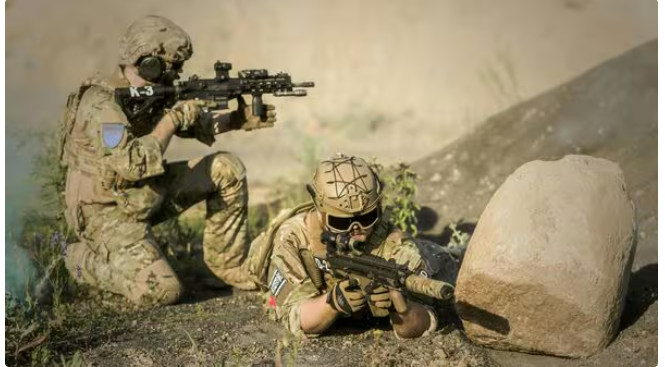
North Korea’s significant role in supplying artillery to Russia has come into sharp focus, revealing the crucial impact these shipments have had on the ongoing war in Ukraine. Estimates show that Pyongyang has provided nearly 6 million rounds of artillery to the Russian military, helping to offset significant supply shortages and bolster Russia’s combat capability at a critical time. These deliveries, first reported in mid-2022, coincided with a period when artillery had become central to the conflict, with both sides relying heavily on heavy firepower to gain the upper hand.
North Korea, possessing the world’s largest peacetime artillery force, has been able to leverage its vast stockpiles of 152mm and 122mm artillery rounds, filling a crucial gap for Russia. As Western countries scrambled to deplete their own artillery stockpiles, Pyongyang’s military surplus became an invaluable asset for Moscow, which was facing severe shortages in munitions. The 6 million rounds sent to Russia have been packed into approximately 20,000 shipping containers, with a large majority of the munitions being 152mm in calibre—an essential match for Russia’s artillery systems like the 2S19 Msta-S and the 2A65 Msta-B, which are common in Russian artillery units.
This artillery supply has provided Russia with a substantial edge in the battle for artillery dominance in Ukraine. Reports suggest that Russian forces have enjoyed a significant boost to their operational capabilities, especially given that North Korea’s rounds arrived well before Russia’s own munitions production ramped up. As Russian domestic production surged to an estimated 250,000 rounds per month in 2024, the munitions delivered by North Korea equate to two years’ worth of that expanded output. The early availability of these supplies ensured that Russian forces could sustain their artillery advantage, countering Ukrainian forces who were facing mounting shortages.
In contrast, Ukraine’s artillery capability suffered a significant blow due to limited supplies. By late 2023, Ukrainian artillery units had reduced their daily expenditure to just 10-20 rounds per day, a steep decline of 80-90 percent. This dramatic cutback in firepower was compounded by the diversion of American munitions to Israel, further depleting Ukraine’s artillery stock. The West’s efforts to provide Ukraine with 155mm howitzers and shells could not match the scale of the artillery support Russia was receiving, especially as North Korean shipments continued.
The artillery gap has proven to be a decisive factor in the conflict, with Russia gaining a significant advantage over Ukrainian forces. North Korean support has not only provided vital artillery munitions but also secured Russia’s ability to sustain its offensives, turning artillery into a decisive weapon in the ongoing war. While the geopolitical ramifications of this arms trade remain contentious, the artillery advantage provided by North Korea’s shipments has played an undeniable role in shaping the battlefield dynamics between Russia and Ukraine.



